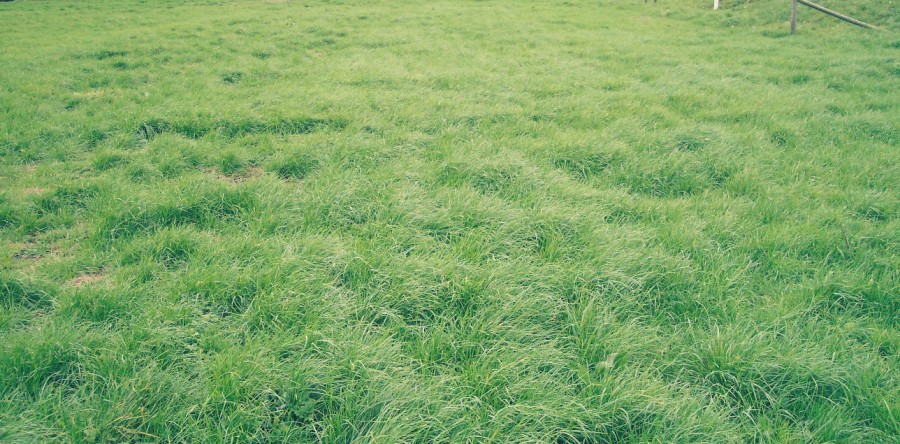
Most Minneapolis gardeners are familiar with the USDA’s hardiness zone map. It’s on the back of those seed packets that tell us when and what we should plant for a fruitful spring. Many gardeners rely on this information to figure out which plants, trees, and shrubs will survive a long winter, and belong in our Minneapolis landscapes. Now that winter’s nearly over, it’s time to take another look and figure out how to map out your spring planting.

Planting In Minneapolis
Since our growing season in Minnesota is relatively short, you want to get some seeds in the ground as soon as the last frost has passed. You can start prepping the soil now, so it’s ready for the first plants of the season. Those early plants should be cool season crops.
Cool vs. Warm Season Crops
Cool season crops like cabbage, broccoli, Brussels sprouts, onions, and lettuce can be planted as seeds at the first sign of spring. These plants need to reach maturity before the heat of summer so either sow early, grow indoors, or go the convenient route and buy starter plants from a nursery.
The warm season crops will probably make up the bulk of your garden. They include; tomatoes, peppers, watermelon, squash, cucumbers, and eggplants. Basically, anything that bears fruit. These crops require a long growing season and will not reach maturity if you plant them as seeds directly into your garden. Instead, you will need to either start the crops indoors or buy them from the nursery.
Grass Types
Because we are in the far north of the country we tend to have milder summers. Therefore, these cool-season grasses are the best choice for your Minnesota lawn. You can grow your lawn from grass seeds.
Kentucky Bluegrass

The king of turf grass in Minnesota is Kentucky bluegrass. This grass is better suited for colder temperatures than most others. It takes a few months to establish itself, but it’s definitely worth the wait. Kentucky bluegrass is often used on athletic fields since it’s resistant to traffic and can repair itself quickly. It’s also mixed with other cool-season grasses to add more texture and to increase resistance to pests and drought.
Fine Fescue

This grass is great for shady areas, dry areas, or soils with low fertility and pH levels. Fine fescue does not require too much maintenance. In fact, too much fertilizer and water can harm it. Fescue should be blended with other cool-season grasses to bolster turf hardiness in poor soils or shady areas.
Perennial Ryegrass

Similar in texture and quality to Kentucky bluegrass, perennial ryegrass is another cool-season grass that also mixes well with other warm-season grass. In the fall, when some varieties go dormant and turn brown, perennial ryegrass can keep your yard looking green. Although it’s not as tolerant of cold weather as Kentucky bluegrass, it does great in Minnesota where summers are moderate.
You’ve got a little time before the snow clears in Minneapolis. But it’s not too early to take a close look at the USDA Hardiness Zone map and pinpoint your exact growing zone. It will save you some time and money and show you how to map out your spring planting well ahead of time.
The lawn care professionals at LawnStarter Minneapolis can save you time and money on all your yard chores. Contact us for a free estimate or any questions about creating a lush, beautiful lawn





